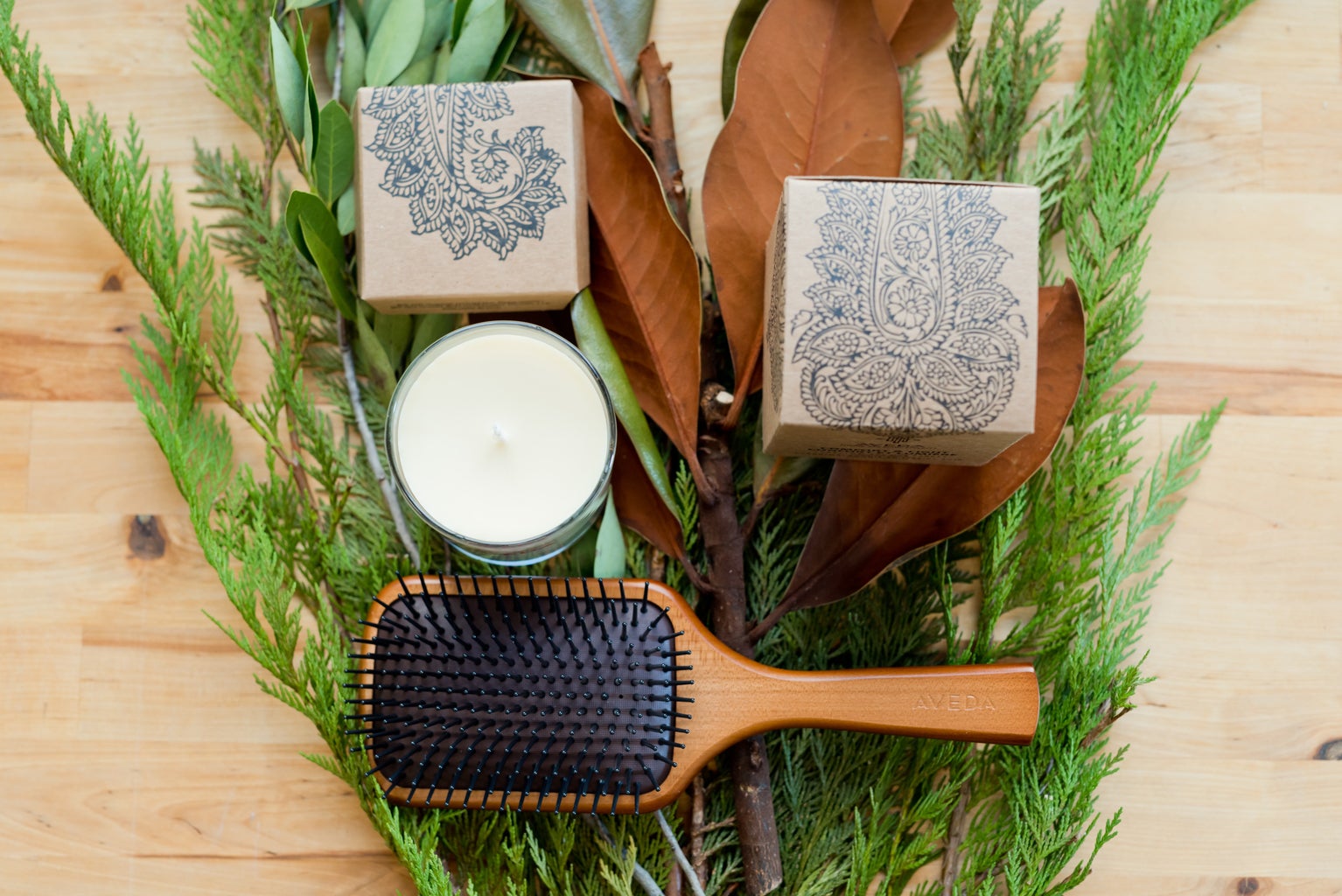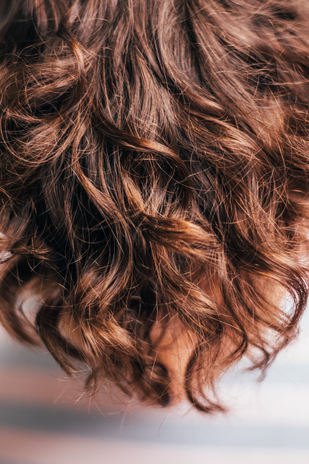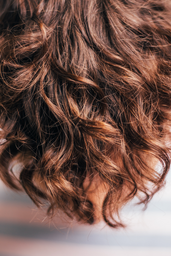Have you ever wondered why a certain hair product worked wonderfully on someone else’s hair but didn’t do nearly half as much for yours? While factors like genetics, ethnicity, types and diet play a huge role in the health and wellbeing of your locks, hair porosity might just be that factor you’re sleeping on!

So what exactly is hair porosity?
Much like your skin, your hair also has pores. However, these are slightly different. Essentially, hair porosity is your hair’s ability to absorb and retain moisture. This is important because the porosity of your hair affects how well oils and moisture can penetrate the outermost layer of your hair, also known as the cuticle. All hair is porous and like all things in life, a balanced hair porosity level is ideal.
Hair porosity is generally divided into three categories namely low, medium and high hair porosity. The higher the porosity of the hair, the more widely spaced the cuticles tend to be.
So how do you test your hair porosity?
Here’s how you can determine how porous your hair is. First off, you’ll want to ensure that your hair is freshly washed to ensure there’s no product build up. Next, fill a glass with water, and drop a single strand of your hair into it. If the strand:
-
Floats for a while before eventually sinking, you likely have low porosity hair.
-
Floats somewhere in the middle of the glass, you likely have normal porosity hair.
-
Instantly sinks to the bottom of the glass, you probably have high porosity hair.
Some more cues to look out for include the texture of your hair. If your hair is generally silky and smooth to touch, you likely have low porosity hair. On the other end of the spectrum, if your hair feels rough and coarse you most probably have highly porous hair.

Can I change my hair porosity?
Unfortunately, no. Hair porosity is largely determined by genetics. So if high porosity hair runs in your family, then you’re likely to have it too. However, other factors including using too much heat, bleaching, overwashing your hair and extreme amounts of ultraviolet exposure can make it difficult for your hair to retain moisture and ultimately increase the porosity of your hair.
Even though it isn’t possible to change your hair porosity level, what you can do is modify your current routine to best suit your hair needs.

Each category of hair porosity has contrasting needs. I’ll be talking about some general do’s and don’ts for each of them.
If you have low porosity hair, you generally find that products tend to sit on the surface of your hair rather than getting absorbed and penetrated. With that said, you do not need to load your hair with excessive amounts of products. The key is to use lightweight yet hydrating products. Nourishing hair masks, deep conditioners and clarifying shampoos are ideal for this category. Lighter oils, like grapeseed and jojoba oil, can be fully absorbed by your hair and lock in moisture. You should steer clear of alcohol based products, but leave in conditioners and heavy oils including but not limited to coconut, olive and castor oil.
Medium porosity hair is one of the trickiest categories to work with. While it may be easy to style and holds color well, it usually has the tendency to form split ends easily. This type of hair requires a mix of low and high porosity hair care methods. In general, you should avoid heavy products that may over burden it. Deep nourishing masks, silicones and products containing Shea butter, Vitamin E and jojoba should be a prime part of your hair regimen.
Finally, highly porous hair absorbs moisture easily but has a hard time retaining it. For this reason, hair care experts recommend products with “heavier” ingredients. This includes deep conditioners and oils including coconut, castor and olive oils and products containing high amounts of protein. Those of you with this hair category should specially avoid excessive heat as this worsens it.

When picking a hair regimen we generally tend to consider major factors like hair type, curl patterns, etc. While hair porosity isn’t something that’s constantly talked about, it definitely plays a role in the health of your hair and more often than not, is underestimated. Understanding what it means can help you better manage, care for, and maintain your hair, which ultimately leads to better, stronger, and healthier locks.

